20 significant research stories of 2020
Posted by Andrew Careaga

There’s a lot about 2020 that many of us would rather forget. Despite the challenges resulting from the coronavirus pandemic, Missouri S&T researchers advanced the frontiers of technical, scientific and scholarly discovery in many ways in 2020. Here are 20 examples.
Combating COVID-19
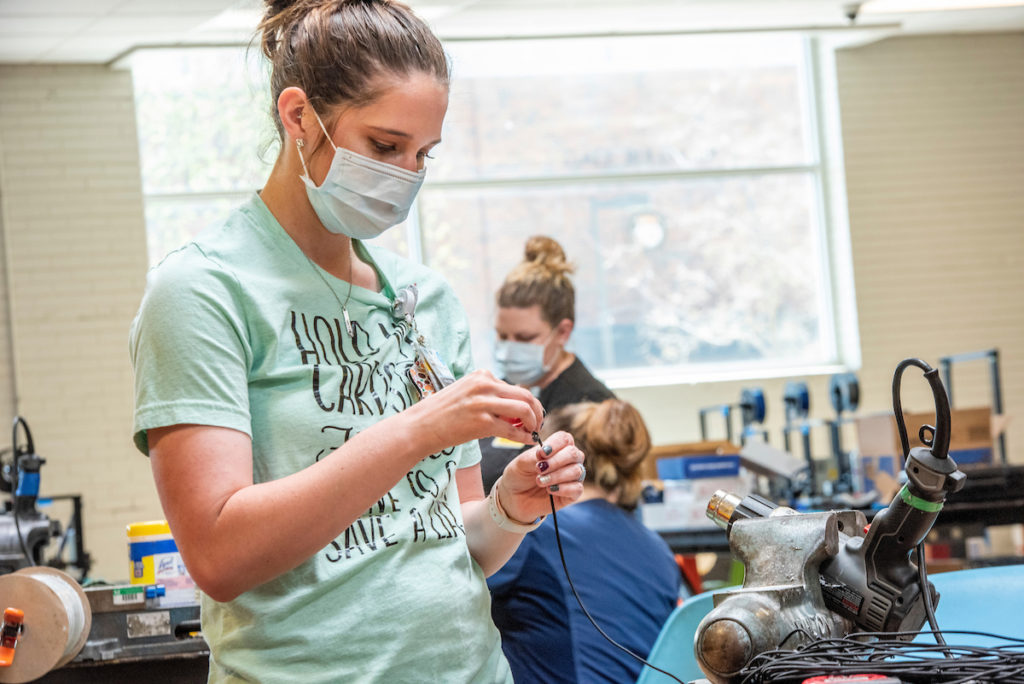
The global pandemic led researchers everywhere to seek ways to detect the coronavirus and slow its spread. At Missouri S&T, Drs. Jie Huang and Rex Gerald II in electrical and computer engineering developed an airborne biohazard-detection system that could be used in airports and elsewhere to screen travelers for COVID-19. Dr, Yang Wang, assistant professor of environmental engineering, applied his expertise in aerosol studies to help do-it-yourselfers determine what types of materials worked best as filters for masks to safeguard against the virus. He published his research in August. Dr. Sanjay Madria, Curators’ Distinguished Professor of computer science, and Ph.D. student Yasin Kabir examined how social media can be used to track attitudes toward the virus. Drs. Robert Marley and Abhijit Gosavi in engineering management and systems engineering published research suggesting that a vaccine used to prevent tuberculosis may protect from COVID-19, and as the holidays approached, environmental engineer Yang and Dr. Guang Xu, associate professor of mining engineering, studied how replacing furnace filters could further protect against coronavirus spread indoors during winter.
Not-so-heavy metallurgy
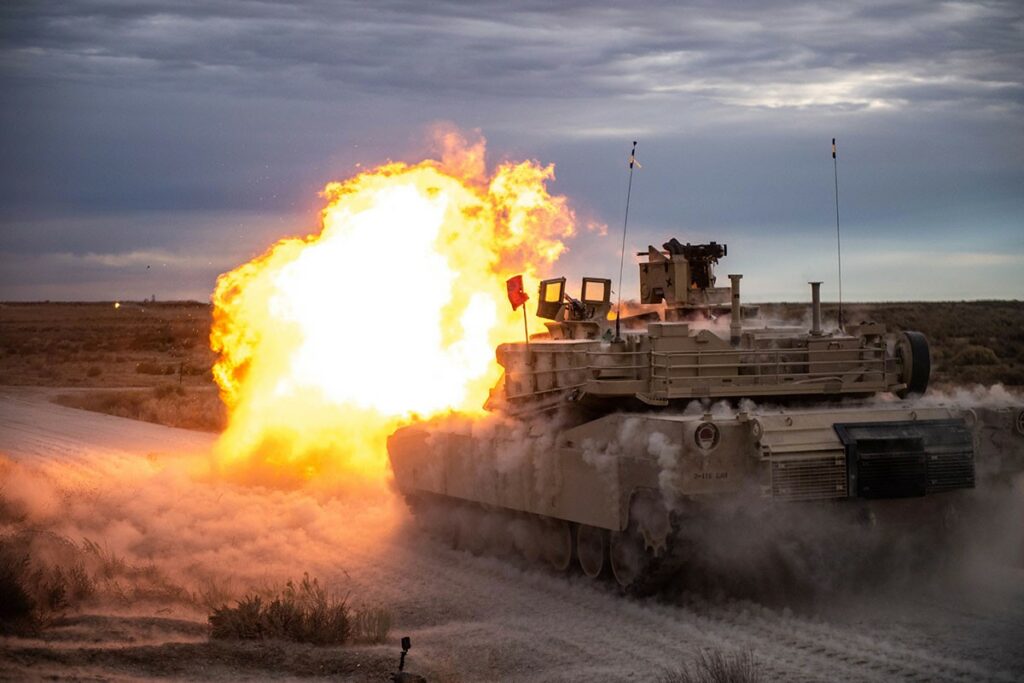
Aided by a $20 million U.S. Defense Department grant, Missouri S&T researchers led by Dr. Laura Bartlett are developing lightweight and ultra-high-strength steels for next-generation combat vehicles. These new steels will improve blast resistance and lower transportation costs. Bartlett and her team are developing lightweight steel with strength-to-weight ratios as high as titanium alloys but at a much lower cost and increased environmental sustainability to produce. Steel is the most recycled material on earth, she says. Another metallurgical engineering professor, Dr. Ron O’Malley, is leading a $4 million project to help the steel industry cut energy usage.
Smarter kidney transplant matching, via AI

Thousands of people are on the kidney transplant waiting list, but less than a third of them will receive a kidney this year. Moreover, thousands of kidneys are discarded because matches are not made while the donor kidney is viable. Dr. Casey Canfield, assistant professor of engineering management and systems engineering at S&T, is leading a research effort that uses artificial intelligence to improve workflow efficiency within the transplant network to speed up the process and give patients a better chance of receiving a transplant.
A timely study of linguistics equality
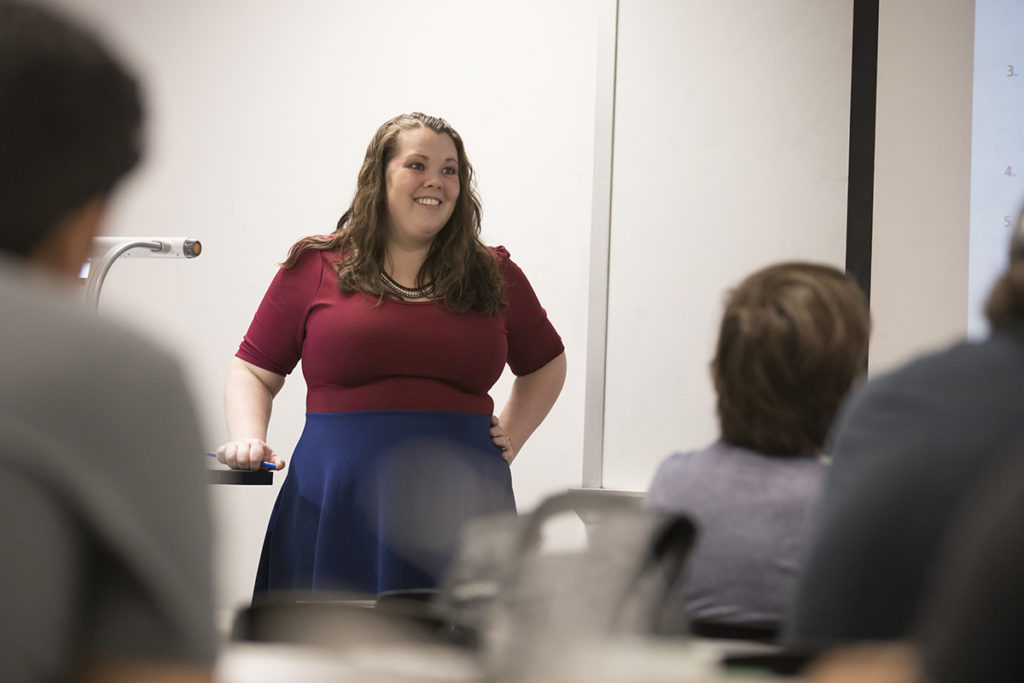
When Dr. Sarah Hercula set out three years ago to write her new book, Fostering Linguistic Equality: The SISE Approach to the Introductory Linguistics Course, little did she know it would come off the press at one of the most compelling times in the racial history of the United States — fewer than two weeks before the May 25 death of George Floyd at the hands of police. That defining event, combined with other similar acts, is continuing to incite nationwide protests over racial injustice. “Fostering Linguistic Equality is a call-to-action for linguists to work to change culturally ingrained attitudes about stigmatized language,” says Hercula, an assistant professor of English and technical communication at Missouri S&T who has created a new approach to teaching linguistics. “These attitudes contribute to racial profiling and inequalities throughout our society.”
New discoveries on the MXenes frontier
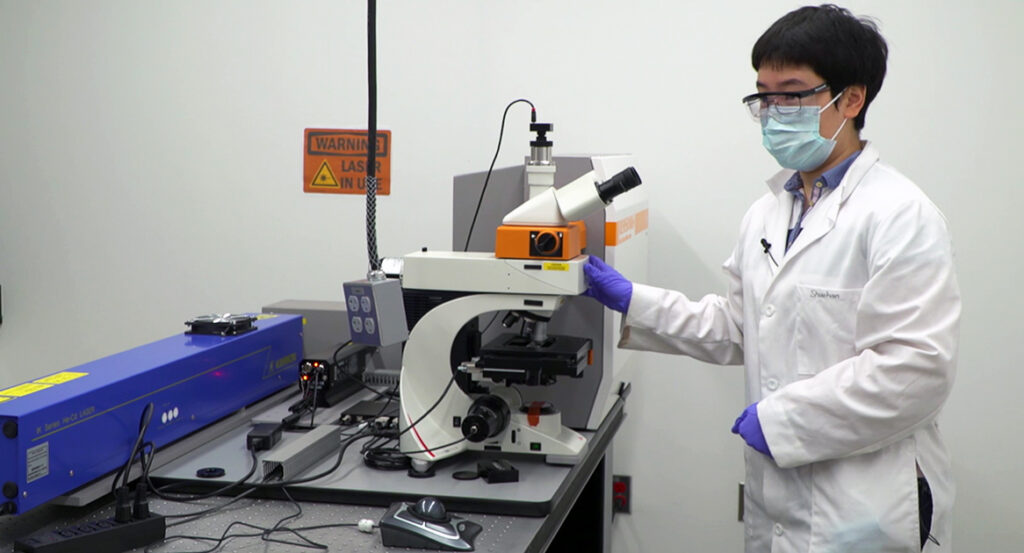
Missouri S&T researchers’ new finding about the fundamental chemistry of two-dimensional ceramic materials called MXenes will change the way researchers work with them, and open up new areas of applications. MXenes’ conductivity makes them candidates for use in energy storage, sensing and optoelectronics. “Our experimental findings open up a new area of chemistry of 2-D transition metal carbides and carbonitrides,” says Dr. Vadym Mochalin. “By showing how significantly different the chemistry of MXenes can be compared to their bulk analogs, we provide essential information to researchers who will now design their MXene synthesis, storage and processing strategies differently.”
Life lessons from the naked mole rat
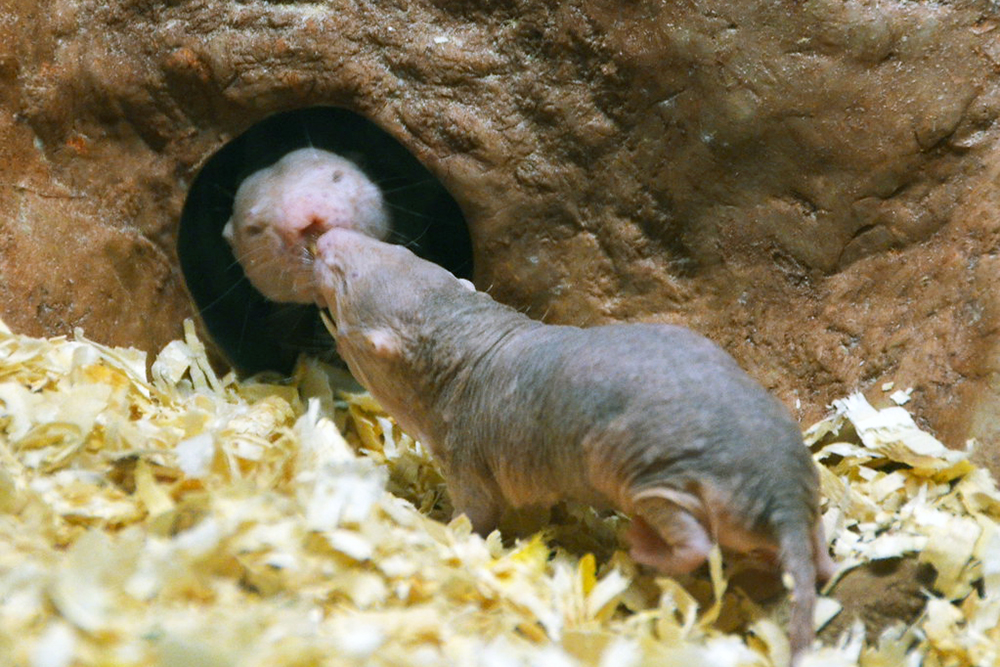
What can we learn about life from the naked mole rat? Plenty, according to Dr. Chen Hou, who recently found why naked mole-rats with high oxidative damage live 10 times longer than mice of comparative weight. “The long lifespan of the East African naked mole-rats raises one of the most serious paradoxes in the study of aging,” says Hou, an associate professor of biological sciences at Missouri S&T. “And geriatric researchers are asking if the oxidative stress theory is dead.”
3-D printing organ tissue
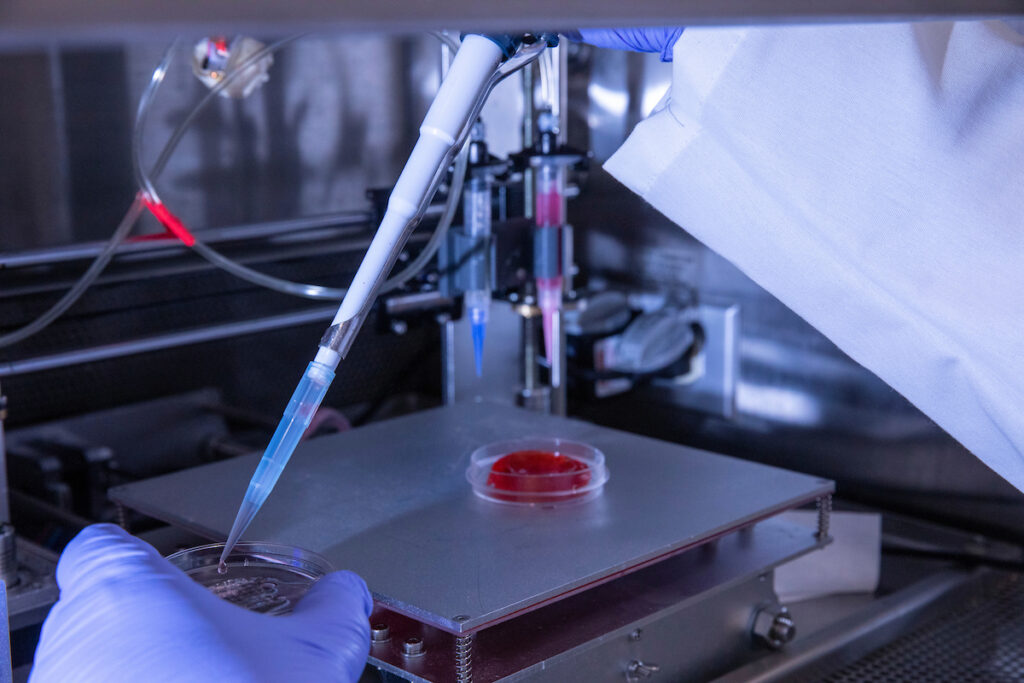
Missouri S&T researchers are using bioactive glass, stem cells and a 3-D printer to create organ tissue samples. Their work could advance pharmaceutical testing and lead to a better understanding of how diseases affect human cells.
Don’t bomb that Zoom interview

As more work moves into the remote sphere during the COVID-19 pandemic, even the most skilled job-seekers who interview for their next gig over video conferencing platforms may be at a disadvantage. According to a 2020 study by three researchers in psychological science at Missouri S&T, people who observe a virtual job interview rate the candidate substantially lower than those who watch the same interview in person. “We’re not saying that Zoom interviews are bad,” says Dr. Devin Burns, who conducted the research with Dr. Denise Baker and Dr. Claire Kueny. “What we’re saying is that you can’t fairly compare them with face-to-face sessions, and employers need to keep things standardized.”
Land subsidence: a sinking feeling

Too much pumping from underground aquifers is causing the surrounding land to sink, leading to damage to streets, bridges and other infrastructure, reduced groundwater storage, and contaminated drinking water, according to researchers at Missouri S&T. They are using a form of artificial intelligence known as machine learning to map the sinking – called land subsidence – to help water policy officials make informed decisions. Dr. Ryan Smith, an assistant professor of hydrology in the geosciences and geological and petroleum engineering department at S&T, says rising temperatures, changing precipitation patterns and increasing demand for freshwater are putting additional strain on aquifers.
Savings from soybeans
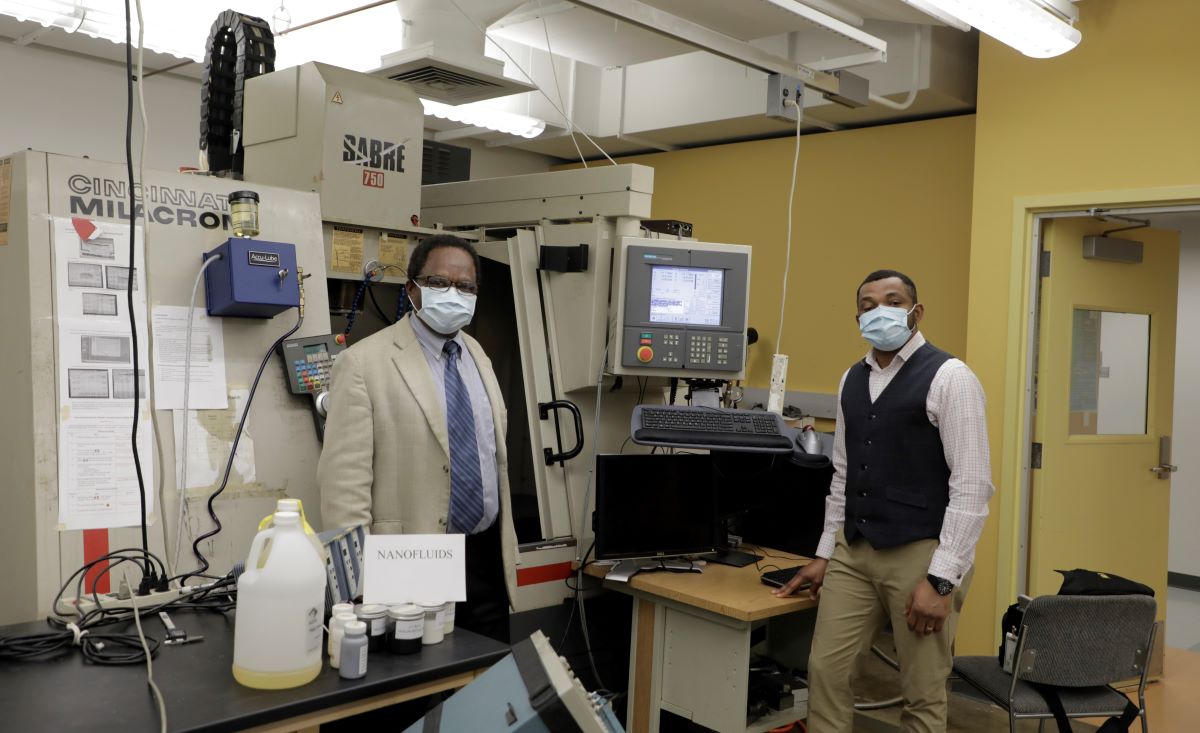
Using soybean oil as a lubricant and cooling agent instead of a petroleum and water mixture has the potential to save money, reduce environmental impact, improve worker safety and potentially help soybean farmers across the United States, say chemical engineering and mechanical engineering researchers who are developing the method. Cutting fluid plays a vital role in metal cutting by cooling and lubricating the cutting zone, the researchers say. Friction and the resulting high heat from cutting metal cause rapid tool wear, especially with hard-to-cut metals such as Inconel-718. That material is commonly used in oil and gas drilling tools, aerospace manufacturing of components used in the hottest compartment of jet and rocket engines, and in cryogenic tankage. A technique called minimum quantity lubrication (MQL) uses a small amount of lubricant and compressed air to form an aerosol spray to cool and lubricate the cutting area. “Soybean oil is safe and biodegradable, and our method saves materials costs because only drops of soybean oil are used,” says Dr. Anthony Okafor, professor of mechanical engineering.
A cutting-edge spectrometer
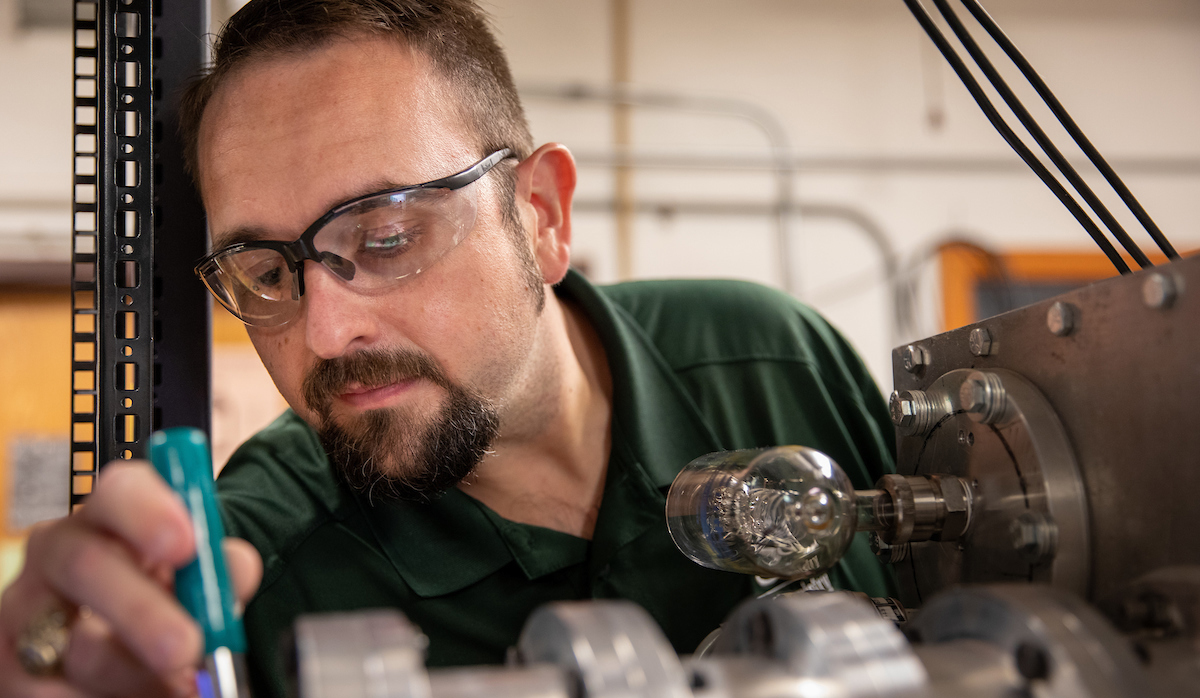
Several universities will benefit from a new, rotational microwave spectrometer at Missouri S&T, thanks to a $1.5 million award from the National Science Foundation. The spectrometer will allow researchers to collect some of the most detailed information available about the structure of gas phase molecules, says Dr. Garry Grubbs, associate professor of chemistry at Missouri S&T and principal investigator on the project.
A simple test for breast cancer
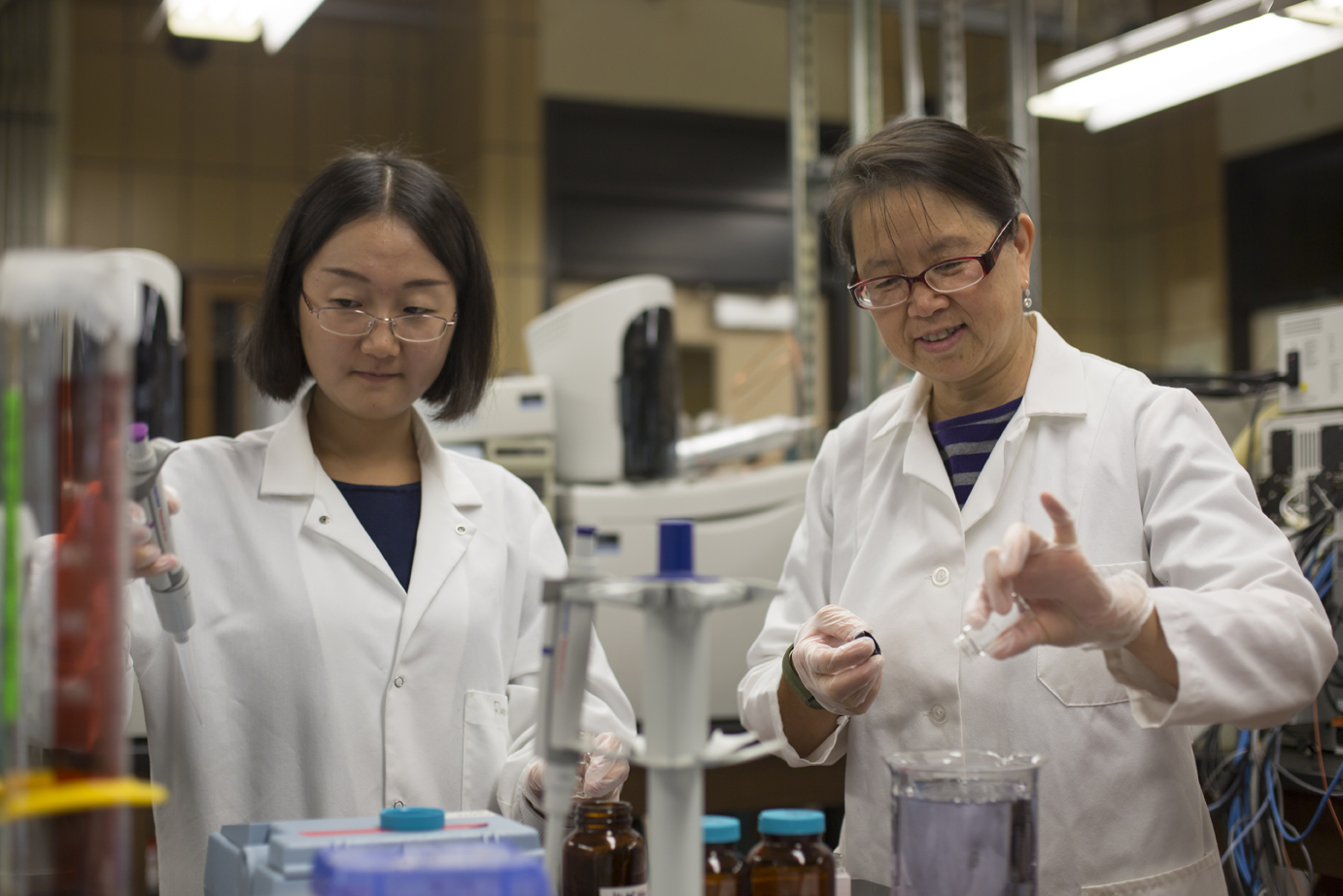
Missouri S&T researchers are teaming up with Phelps Health to develop a urine test to determine whether a patient may be at increased risk of breast cancer. The project is part of a two-year. $150,000 study funded by National Institutes of Health’s National Cancer Institute. The project, led by Dr. Honglan Shi, research professor of chemistry, builds on previous research, which found that certain metabolites called pteridines have elevated levels in the urine of cancer patients compared with the general population. This new study aims to explore why these pteridine metabolites are elevated to better understand their potential role as cancer biomarkers.
Escaping a mine disaster
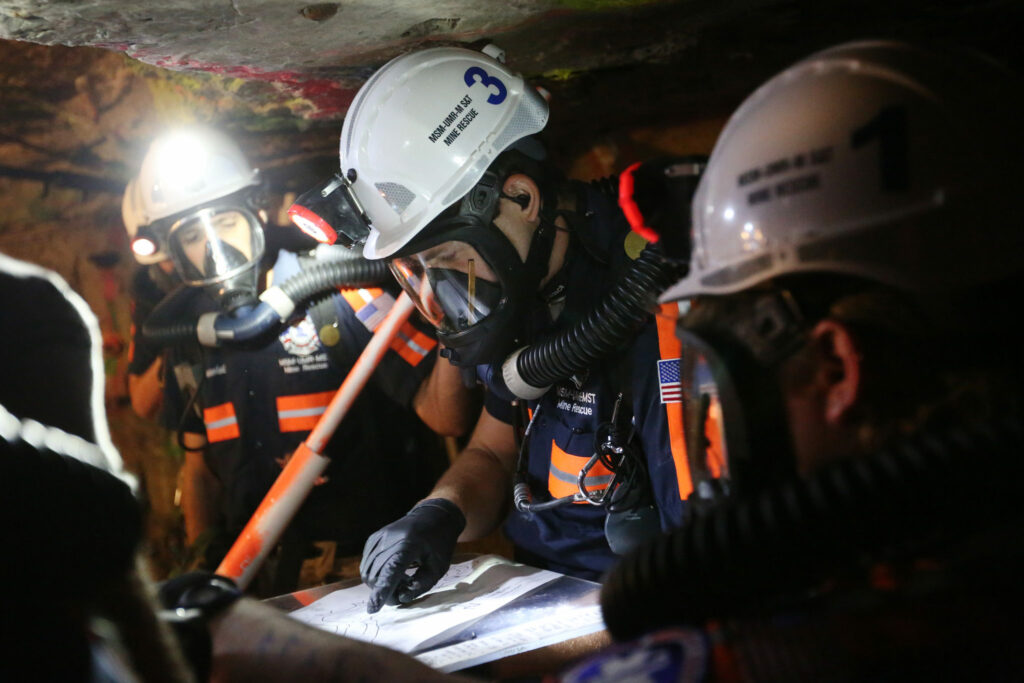
Being trapped in a collapsed mine may be one of the most terrifying ordeals anyone could experience. There is the total darkness, the struggle to breathe with low oxygen, no food or drink, and potentially no way to alert others to a rescue location. One chance to survive those disastrous situations may be self-escape, say Missouri S&T researchers, who are investigating underground mine emergencies. Dr. Samuel Frimpong, the Robert H. Quenon Endowed Chair and professor in mining engineering, leads a collaborative and multi-disciplinary effort among mining, explosives and mechanical engineering, computer science, and psychology faculty to ensure the future safety of miners.
Recounting an unsolved murder mystery
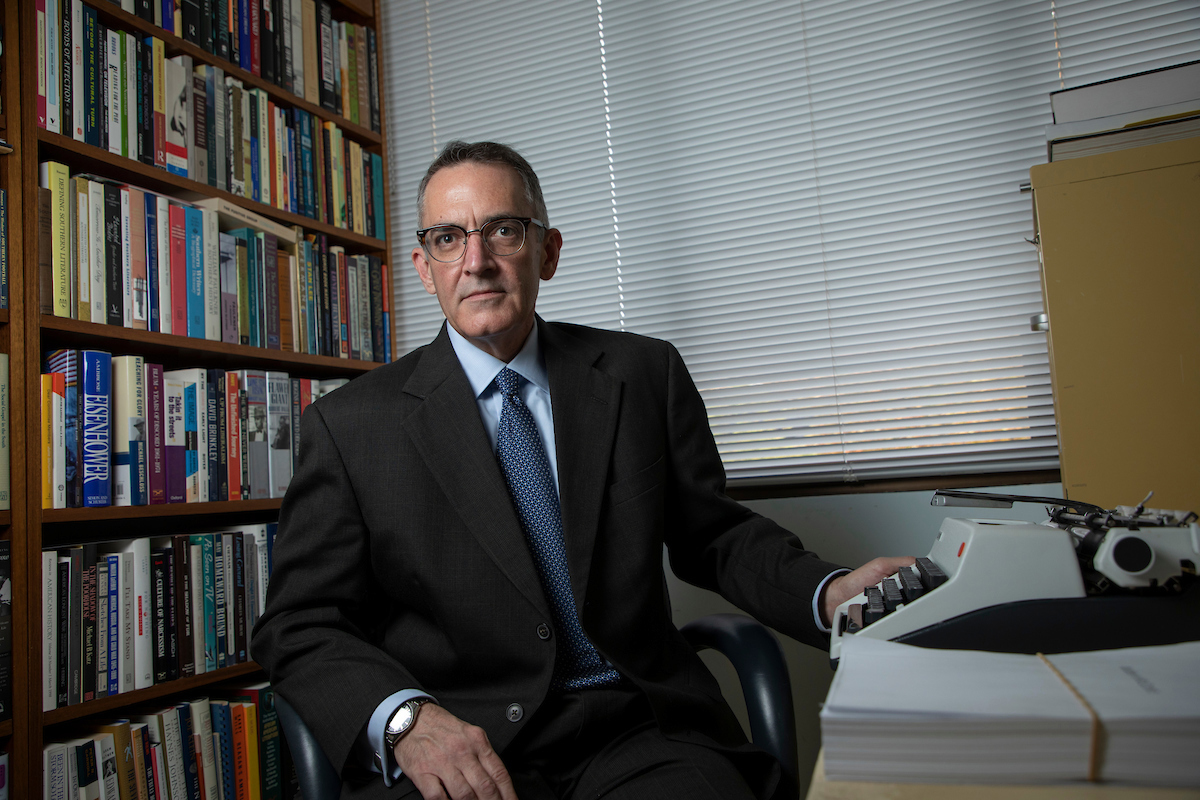
With painstaking accuracy — and a manual typewriter — Dr. Trent Brown, professor of English at S&T, pieced together a compelling story of true crime that reveals the consequences of socioeconomic injustice in the South in his latest book, Murder in McComb: The Tina Andrews Case. A native of McComb, Miss., a town of 10,000 that Brown characterizes as “a remarkably violent place in the 1960s,” Brown investigates the 1969 murder of 12-year-old Tina Andrews. After two extensive murder trials that ended in a mistrial in 1971 and resulted in an acquittal in 1972, her case remains unsolved today. Murder in McComb is the first comprehensive examination of the case.
A closer look at ancient pollen
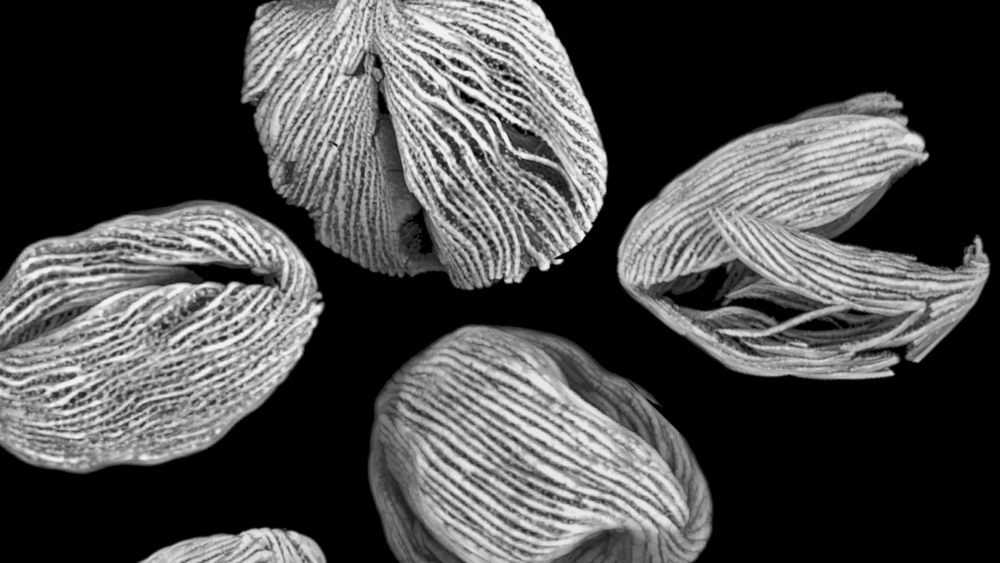
Using a form of artificial intelligence known as machine learning, Dr. Francisca Oboh-Ikuenobe, professor of geology and geophysics at Missouri S&T, is working with researchers from other universities to develop a new, more efficient method to identify fossilized pollen. In a recent study published in Proceedings of the National Academy of Sciences, Oboh-Ikuenobe and her counterparts explained how they developed and trained three convolutional neural network models – artificial neural networks most commonly used to analyze visual images – to identify fossil pollen specimens from an unknown group of legumes.
Astronomical advances
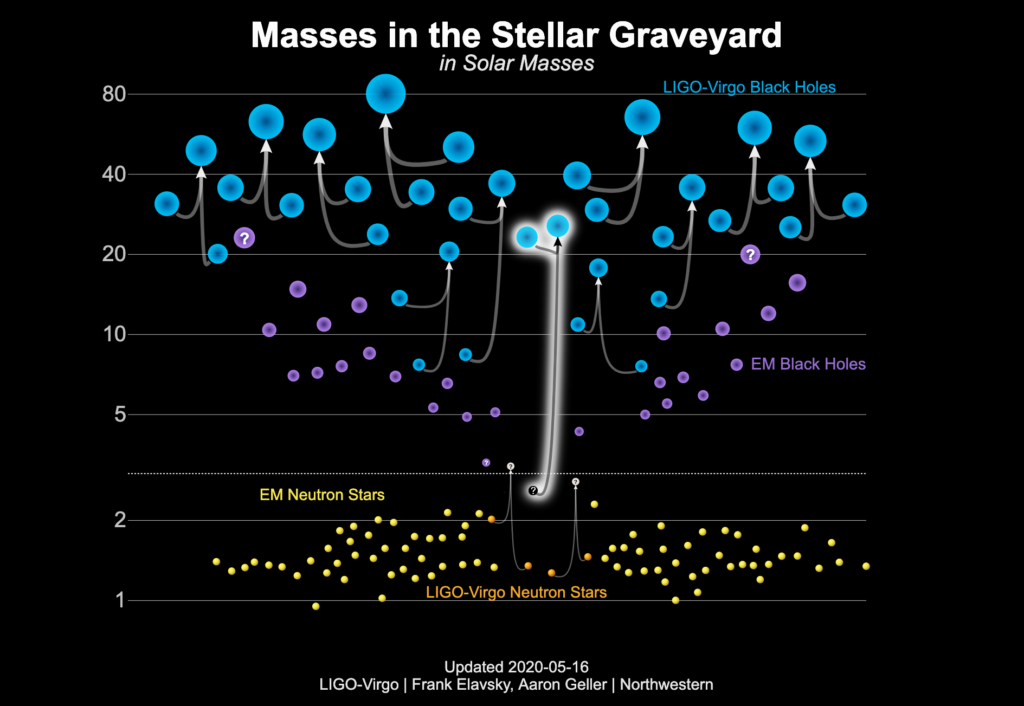
Missouri S&T physicists played a role in two notable astrophysics discoveries in 2020. It began last January, with a confirmation that the Laser Interferometer Gravitational-wave Observatory (LIGO) near Livingston, Louisiana, observed a neutron star collision on April 25, 2019. The observation is only the second time researchers detected such an event in gravitational waves. S&T is a member of the LIGO Scientific Collaboration (LSC). “This observation highlights the power of gravitational waves as agents of scientific discovery and promises a great future for multi-messenger astrophysics,” says Dr. Thomas Vojta, Curators’ Distinguished Professor and chair of physics. More recently, S&T physics researchers led by Dr. Marco Cavaglia were part of the international team that announced the discovery of what may be an entirely new population of astronomical objects, including possibly the merger of a neutron star with a black hole.
Organic nano-materials
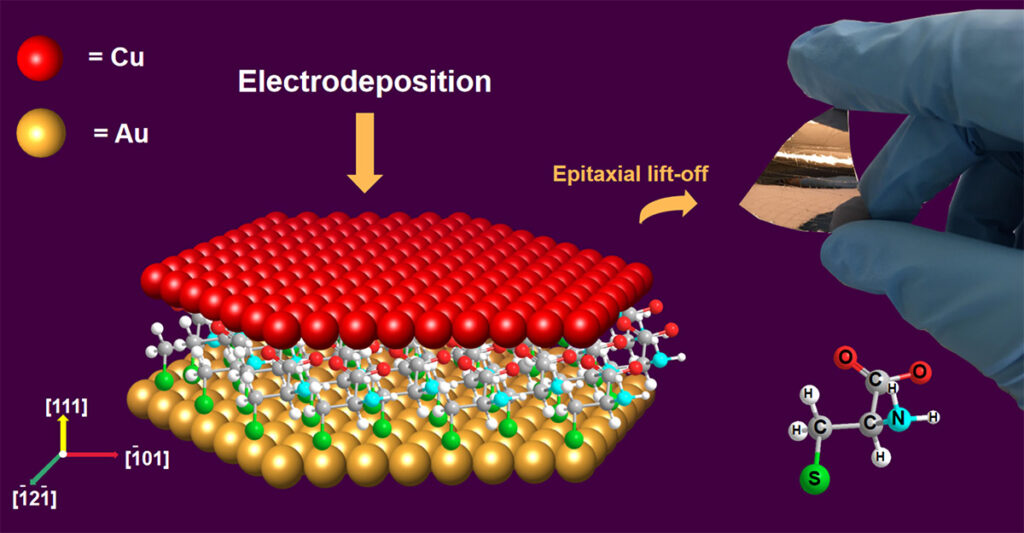
Missouri S&T materials scientists have been creating thin films at the nano scale using inorganic materials for years. But recently, they determined that highly ordered copper thin films can be crystallized directly on a one-molecule-thick layer of organic material rather than on inorganic substrates. The films are excellent candidates for use as underlying substances for solar cells and high-temperature superconductors, says Dr. Jay Switzer, Chancellor’s Professor and Curators’ Distinguished Professor emeritus of chemistry, who is principal investigator of the project. “Like the way seashells, bones or teeth are formed, we’ve found a way to give the copper films the right level of crystalline order and durability for their applications,” Switzer says.
Harnessing the power of water

Through a grant of nearly $1 million from the U.S. Department of Energy, a team led by Missouri S&T researchers is studying ways to better harness the power of water as an energy source. The researchers are studying pumped storage hydro plants, like the Taum Sauk Energy Center near Lesterville, Missouri, which is operated by Ameren, one of the industry partners on this project. “A pumped storage hydro plant is a special plant that can both generate electricity and consume electricity,” says Dr. Rui Bo, the principal investigator on the grant and an assistant professor in electrical and computer engineering at Missouri S&T.
Studying renewable energy adoption
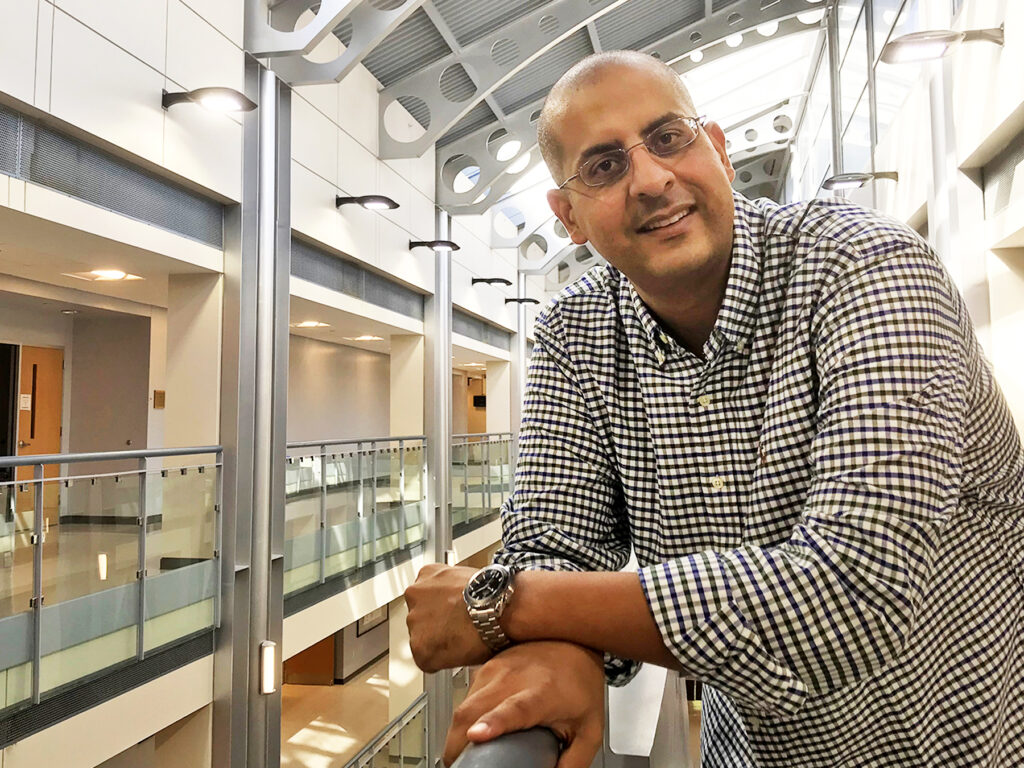
What factors might keep consumers from accepting renewable energy sources like wind and solar power? That’s one of the questions Dr. Islam El-adaway hopes to answer through a study funded by the National Science Foundation. El-adaway, the Hurst-McCarthy Professor of Civil Engineering at Missouri S&T, is also examining how utility customers use electricity, how utility companies distribute power, and how consumer acceptance levels and economic factors affect the adoption of renewable energy, specifically solar power. “We want to understand the factors that affect electricity use and adoption of solar energy,” he says. “Once we understand more about economic factors and customers’ attitudes, we can take it to the next level.”
A DNA biosensor to detect disease sooner
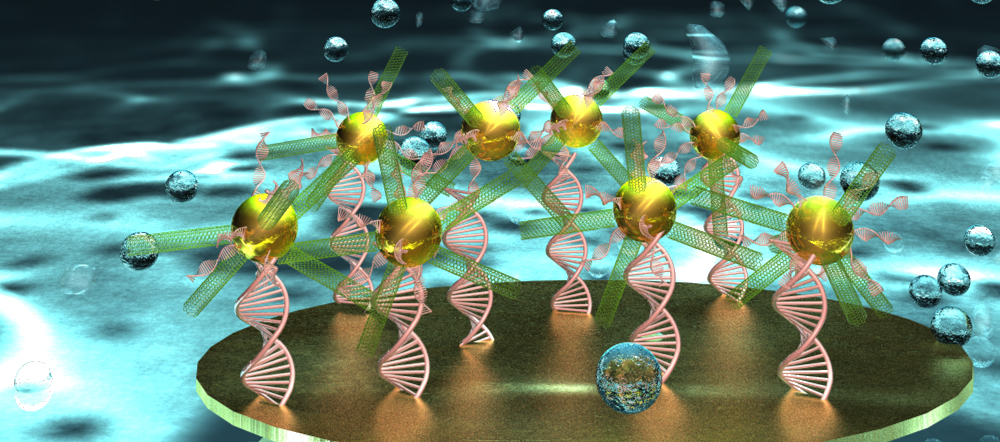
Early disease detection is one of the biggest challenges S&T biochemists and materials scientists are trying to meet by combining their expertise at Missouri S&T. The researchers used nanotechnology in biomedical diagnostics – a process called nanodiagnostics – to create a new, ultrasensitive DNA biosensor that could potentially detect DNA-based biomarkers for early diagnosis of cancer and genetic disorders.
Dig into more research news from Missouri S&T.
Leave a Reply